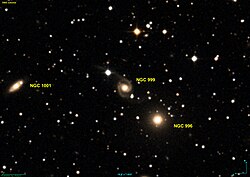
NGC 5034 is a spiral galaxy in the constellation of Ursa Minor. NGC 5034 is its New General Catalogue designation. It is located about 401 million light-years from the Sun. It was discovered on April 7, 1793, by William Herschel.

NGC 4911 is a disturbed, warped spiral galaxy with a bright prominent central starburst ring and located deep within the Coma Cluster of galaxies, which lies some 300 million light years away in the northern constellation Coma Berenices. NGC 4911 is believed to be interacting with its warped, barred lenticular companion, producing the enhanced star formation and shell-like appearance seen in optical images. The galaxy contains rich lanes of dust and gas near its centre. The existence of clouds of hydrogen within the galaxy indicates ongoing star formation. It is rare for a spiral galaxy to be situated at the heart of a cluster.

NGC 3260 is an elliptical galaxy in the constellation Antlia. It is a member of the Antlia Cluster, which lies about 40.7 megaparsecs away. It was discovered on May 2, 1834 by the astronomer John Herschel.
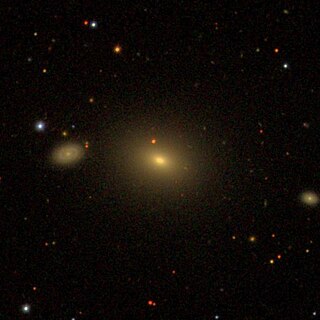
NGC 76 is a lenticular galaxy estimated to be about 320 million light-years away in the constellation of Andromeda. It was discovered by Guillaume Bigourdan from France in 1884 and its magnitude is 13.1.

NGC 119 is an unbarred lenticular galaxy with an apparent magnitude of 13.0 located in the constellation Phoenix. It was discovered on October 28, 1834 by the astronomer John Herschel.

NGC 4500 is a barred spiral galaxy in the constellation Ursa Major. The galaxy was discovered on April 17, 1789 by William Herschel. It is a blue compact galaxy.
NGC 7199 is a barred spiral galaxy registered in the New General Catalogue. It is located in the direction of the Indus constellation. It was discovered by the English astronomer John Herschel in 1835 using a 47.5 cm reflector.

NGC 995 is a lenticular galaxy located in the constellation Andromeda about 178 million light years from the Milky Way. It was discovered by the French astronomer Édouard Stephan in 1871.

NGC 830 is a barred lenticular galaxy in the constellation Cetus. It is estimated to be about 170 million light-years from the Milky Way and has a diameter of approximately 70,000 light years.

NGC 900 is a lenticular galaxy located in the constellation Aries about 430 million light-years from the Milky Way. It was discovered by the German astronomer Albert Marth in 1864.
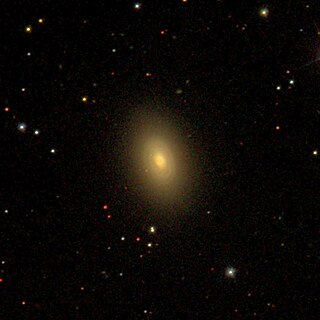
NGC 940 is a lenticular galaxy in the constellation Triangulum. It is estimated to be 222 million light-years from the Milky Way and has a diameter of approximately 80,000 ly. NGC 940 was discovered by Heinrich d'Arrest.

NGC 980 is a lenticular galaxy located in the constellation Andromeda about 256 million light years from the Milky Way. It was discovered by the German - British astronomer William Herschel in 1786.

NGC 938 is an elliptical galaxy located in the constellation Aries, approximately 184 million light years from the Milky Way. It was discovered by the Prussian astronomer Heinrich d'Arrest in 1863.
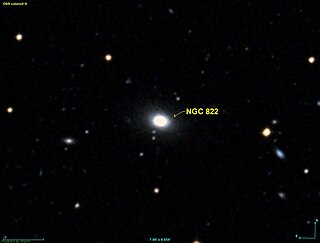
NGC 822 is an elliptical galaxy in the constellation Phoenix. It is estimated to be about 233 million light-years from the Milky Way and has a diameter of approximately 80,000 light-years. NGC 822 was discovered on September 5, 1834, by astronomer John Herschel.

NGC 823, also known as IC 1782, is an unbarred lenticular galaxy in the constellation Fornax. It is estimated to be 194 million light-years from the Milky Way and has a diameter of approximately 100,000 light years. NGC 823 was discovered on October 14, 1830, by astronomer John Herschel.
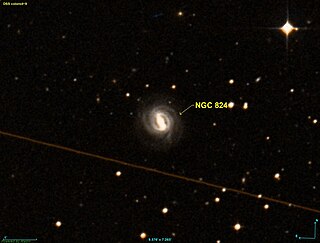
NGC 824 is a barred spiral galaxy located in the constellation Fornax about 260 million light-years from the Milky Way. It was discovered by British astronomer John Herschel in 1837.
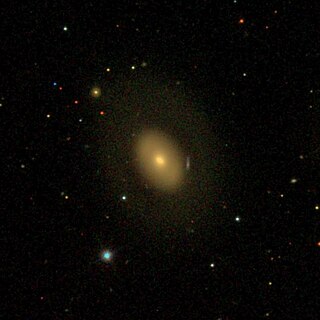
NGC 608 is a lenticular galaxy in the constellation Triangulum. It is estimated to be about 230 million light-years from the Milky Way. It has a diameter of approximately 130,000 light-years. NGC 608 was discovered on November 22, 1827, by astronomer John Herschel.
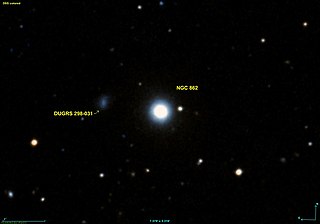
NGC 862 is an elliptical galaxy located in the constellation of Phoenix about 241 million light years from the Milky Way. It was discovered by the British astronomer John Herschel in 1834.
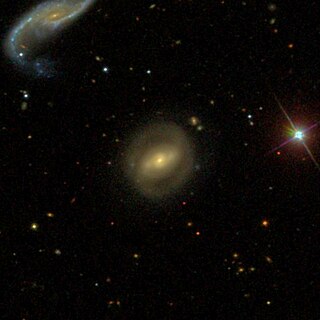
NGC 4614 is a barred lenticular galaxy in the New General Catalog. It is located in the constellation of Coma Berenices. It was discovered in 1864 by the German astronomer Heinrich d'Arrest with a 11.9 inch diameter lens type telescope.

NGC 1001 is an unbarred spiral galaxy in the constellation Perseus. It was discovered on December 8, 1871 by the astronomer Édouard Stephan.
